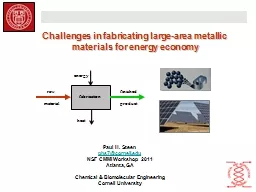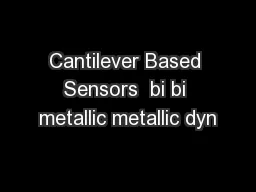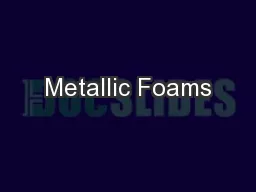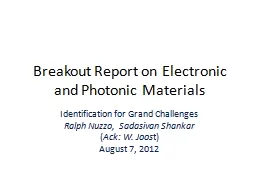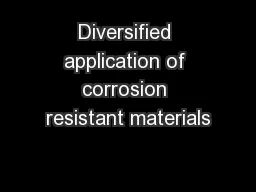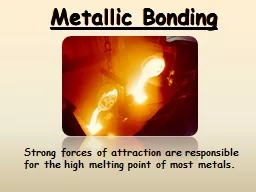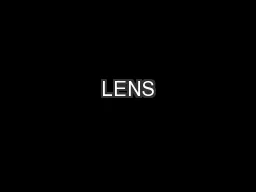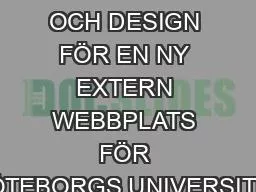PPT-Challenges in fabricating large-area metallic materials for
Author : natalia-silvester | Published Date : 2016-04-11
Paul H Steen phs7cornelledu NSF CMMI Workshop 2011 Atlanta GA Chemical amp Biomolecular Engineering Cornell University finished product fabrication raw material
Presentation Embed Code
Download Presentation
Download Presentation The PPT/PDF document "Challenges in fabricating large-area met..." is the property of its rightful owner. Permission is granted to download and print the materials on this website for personal, non-commercial use only, and to display it on your personal computer provided you do not modify the materials and that you retain all copyright notices contained in the materials. By downloading content from our website, you accept the terms of this agreement.
Challenges in fabricating large-area metallic materials for: Transcript
Download Rules Of Document
"Challenges in fabricating large-area metallic materials for"The content belongs to its owner. You may download and print it for personal use, without modification, and keep all copyright notices. By downloading, you agree to these terms.
Related Documents

